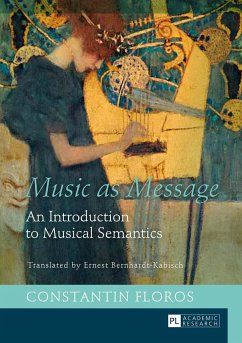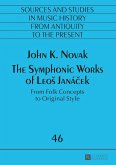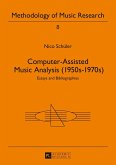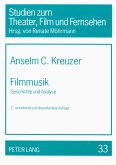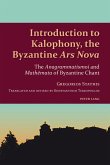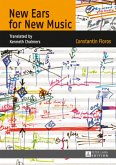Music is often defined as art for the ear, as the language of feeling, of the heart, as sound play, or as the science of composition. But music also conveys intellectual and emotional experiences, literary, religious, philosophical, social and political ideas. Countless composers encrypt contents in their music that can be deciphered by a variety of methods. This book is designed as an introduction to the basic questions of musical semantics and discusses Beethoven's committed art, the core ideas of the "Ring of the Nibelung" and of the "Symphony of a Thousand", Wagner's idea of a religion of art, the relation of music and poetry, the musico-literary conceptions of composers, the large field of program music and the history of the impact of Gustav Mahler.
About the German edition: "The book is written in Floros' accustomed precise and exact style and is equipped with an exemplary scholarly apparatus. An indispensable handbook not only for musical semanticists but for anyone needing to be informed about current advances in the determination of the nature of music." (International Review for the Aesthetics and Sociology of Music)

